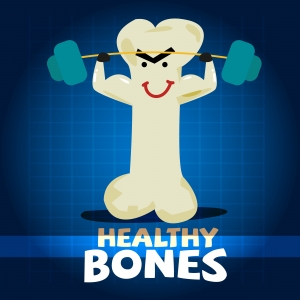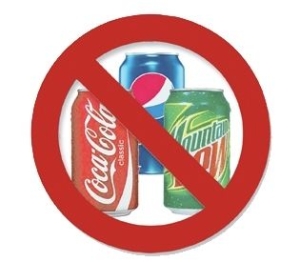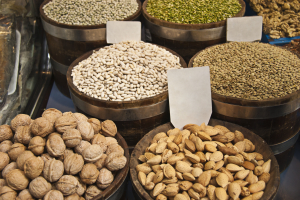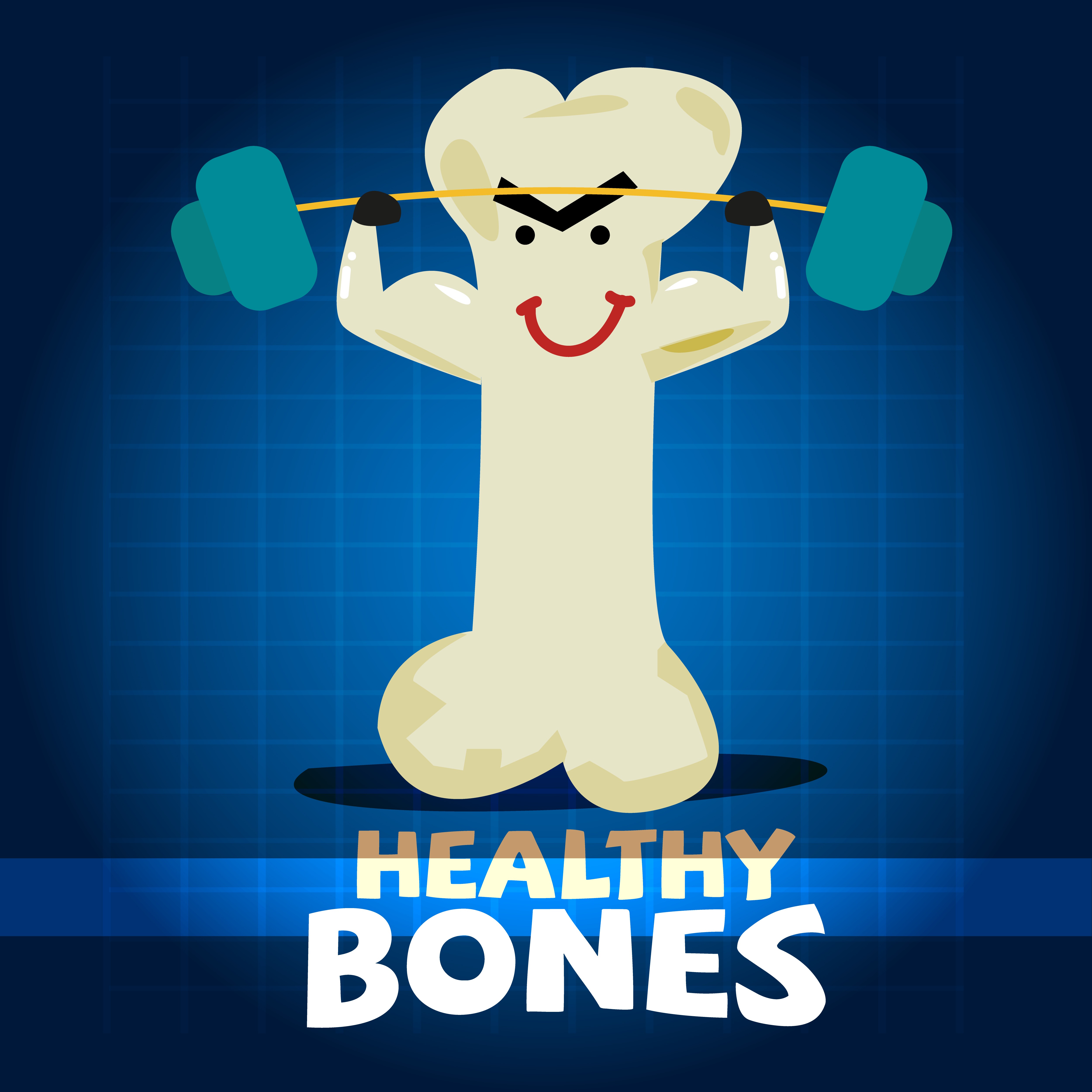How is it possible for a nation like ours to have so many individuals dealing with a deficiency? This deficiency of bone mass and strength creates debilitating bone fractures, disability, and even death. How does it occur, what can be done about it, and are you going to be the next casualty? 
What Goes Wrong?
Chiropractors agree, there are numerous players and components in the make-up of strong or weak bones. We only need to look at a couple, though, to better understand how lifestyle choices affect bone health. The most notable are the osteoblasts and the osteoclasts. The osteoblasts are the cells that form what’s called the bone matrix, a honeycomb-like structure onto which minerals such as calcium are deposited (or absorbed), resulting in nice, hard, firm “mineralized” bones. But this is not a one-way street. While minerals continue to be deposited on that honeycomb, other cells called osteoclasts are busy removing minerals in a process called resorption. The delicate balance between adding and subtracting, between mineralization (building up) and demineralization (breaking down), between absorption and resorption is called, appropriately enough, remodeling. The body completely remodels the skeletal system every ten years. This means what is done today will have a long lasting effect on future skeletal health.
The way the two types of cells communicate is through a molecule called RANKL. This molecule allows the workers bringing in the new stuff to coordinate with the workers removing the debris. When the osteoblasts release RANKL, it tells the osteoclasts to take out just the right amount of trash. This is a perfect system, right? It is, until inflammation enters the picture.
Inflammation and Your Bones:
When you have chronic inflammation, your immune system is working overtime. One of the first things the immune system does when it’s activated is release T cells, those sentries of immunity that are summoned whenever the body senses an injury (such as inflammation). Guess what the T cells do. They produce RANKL. This tells the osteoclasts to keep on removing minerals, significantly weakening your bones. You can take all the calcium in the world but it won’t do you any good if you have inflammation in your body.
Why You Need NAC and Vitamin D:
Inflammation can be decreased by antioxidants. These nutrients are found in abundance in dark vegetables and fruits. However, sometimes even a healthy diet is not enough. That is where NAC comes into play. NAC (N-acetyl-cysteine) is a powerful antioxidant that specifically lowers reactive oxygen species within the osteoclasts themselves. It is highly recommended that every woman should be on 600 to 1,200 milligrams a day of NAC, especially after menopause. Men can benefit from NAC as well.
Vitamin D also plays an important role in keeping bones healthy as it partners with calcium during the absorption process into the body. A simple blood test can help to determine if you need more Vitamin D in your life. Without adequate vitamin D, you can take all the calcium in the world and it won’t do you much good. Research shows that more than 70 percent of women ages 51 to 70 and nearly 90 percent of women over 70 are not getting enough vitamin D from food and supplements. Low levels of vitamin D are associated with reduced calcium absorption, bone loss, and increased risk of fracture.
Arrest the Robbers:
When it comes to bone health, it’s particularly important to avoid what we call the bone robbers. If you want strong  bones, you have to limit your alcohol intake, stop smoking, go easy on the sugar, and not consume soda. Sodas in particular are loaded with phosphoric acid, a known robber of calcium. Other foods that can lead to bone loss, because they increase inflammation, are carbohydrates and dairy. Yes, avoid dairy! Unfortunately, the increase in inflammation from dairy leads to a net loss of bone strength. Get your calcium from dark vegetables (kale and broccoli) and other less inflammatory foods.
bones, you have to limit your alcohol intake, stop smoking, go easy on the sugar, and not consume soda. Sodas in particular are loaded with phosphoric acid, a known robber of calcium. Other foods that can lead to bone loss, because they increase inflammation, are carbohydrates and dairy. Yes, avoid dairy! Unfortunately, the increase in inflammation from dairy leads to a net loss of bone strength. Get your calcium from dark vegetables (kale and broccoli) and other less inflammatory foods.
What about supplements, can they help? Absolutely!
Dr. Rich’s list of the top supplements for bone health:
- Multivitamin: Taken daily.
- Coral Calcium: 1,000 to 1,200 milligrams daily.
- Magnesium: 500 to 600 milligrams daily.
- Vitamin D3: 2,000-5,000 international units daily or more if found to be deficient
- Vitamin K: 1 milligram or more daily.
- Antioxidant supplements: The most helpful antioxidants include curcumin (found in turmeric), and NAC.
- Fish oil: 2 to 3 grams a day
- Glucosamine/Chodroitin: 750mg-1500mg daily
Foods To Improve Your Bone Strength:
- Calcium: Found primarily in dairy products. However, kale and broccoli are excellent vegetable sources of calcium.
- Magnesium: Dark chocolate is an amazing and tasty source of magnesium. Nuts like almonds, cashews, brazil nuts, and sunflower seeds are also high in magnesium.
- Phosphorus: Also found in many nuts and seeds like brazil nuts, sunflower seeds, and pumpkin seeds. Cheese is also a great source of phosphorus.
- Vitamin D: Eggs and fatty fish, like anchovies and salmon, are great healthy food sources of vitamin D. However, 20 minutes a day of sunlight is the best way to get vitamin D and will meet your daily requirements for mineral absorption.
- Vitamin K: Leafy greens, broccoli, asparagus and even cucumber are natural sources of vitamin K. The richest source of the potent K2, which is the best form for calcium absorption, is found in egg yolks, chicken thighs, ground beef, and chicken liver.
A Sinful Way To Increase Bone Strength:
Dark chocolate contains magnesium, which is important for both bone formation and nerve health. It is also a great source of manganese, which is important for cartilage synthesis. And that isn’t all! Chocolate contains powerful antioxidants, which can help with inflammation. Chocolate is a food that no one really complains about eating. But, not all chocolate is created equal. Most chocolate is packed with sugar and does not contain enough cocoa to offer health benefits. Look for chocolate that has over 60% cocoa content. The higher the cocoa percentage, the higher the nutritional content.
This recipe for Peanut Butter Chocolate Fudge contains whole, healthy ingredients and does not contain refined white sugar. It is so delicious, it is sure to fool even the pickiest of eaters.
“Bones Of Steel” Peanut Butter Chocolate Fudge
Ingredients:
- ½ cup coconut oil
- ½ cup quality dark cocoa powder
- ½ cup of all natural peanut butter
- ½ cup raw honey
- ½ tsp vanilla extract
Directions:
Prepare a muffin pan with 10 muffin liners. Put all ingredients in the bowl of your food processor. Pulse a few times until everything is smooth and nicely combined. (It will be very runny.) Don’t over-mix. Pour the liquid fudge into the prepared muffin liners dividing evenly between them. There will be about a half inch of fudge in each muffin liner. Place the muffin pan in the refrigerator for 30 minutes or until the fudge has hardened. You can use the freezer and cut your wait time to 10 minutes. Remove the muffin liners from the pan and enjoy your delicious, healthy fudge! Store in the refrigerator.
Whey protein is not only an excellent source of protein for our muscles, but it is also a great source of nerve calming L-tryptophan. These whey protein balls are a staple in my home and make an excellent afternoon snack or grab and go breakfast. They are also well loved by my kids who equate them to a cookie-like treat.
Power Building Chocolate Almond Protein Bites
Ingredients:
- 1 1/2 scoops chocolate whey protein powder
- 2 tsp cocoa powder
- 1/4 cup oats
- 1 handful almonds (about 20)
- 2 packets Stevia/Truvia
- 2 tsp vanilla
- 1 Tbsp cinnamon
- 1 tsp salt – Dash of almond milk or coconut milk
Directions:
In a food processor, pulse the protein powder, cocoa powder, oats and almonds. Add the rest of the ingredients. Pulse/stir until sticky and slightly chunky. (Add in more almond or coconut milk if it won’t stick). Use a spatula to scrape the sides and pulse again. Roll into balls using a spoon and your hand. Place on a tray and freeze for 30 minutes. Transfer to small storage bags and place in the fridge.
Achieving true spine health requires exercise, chiropractic care, and good posture. Proper nutrition is also an essential key to the maintenance and health of the spine. Each structure of the spine is important, so ignoring just one structural component of the spine can leave you in a state of pain or discomfort. Giving your entire spine the correct nutrients will be the best decision for your long-term health.
Coral Calcium, Vitamin D, NAC, and Multivitamins
15% off this week!
Please contact our Roanoke, Virginia office for more information at: 1-540-344-1055

Dr. Daryl Rich, DC, CSCS





